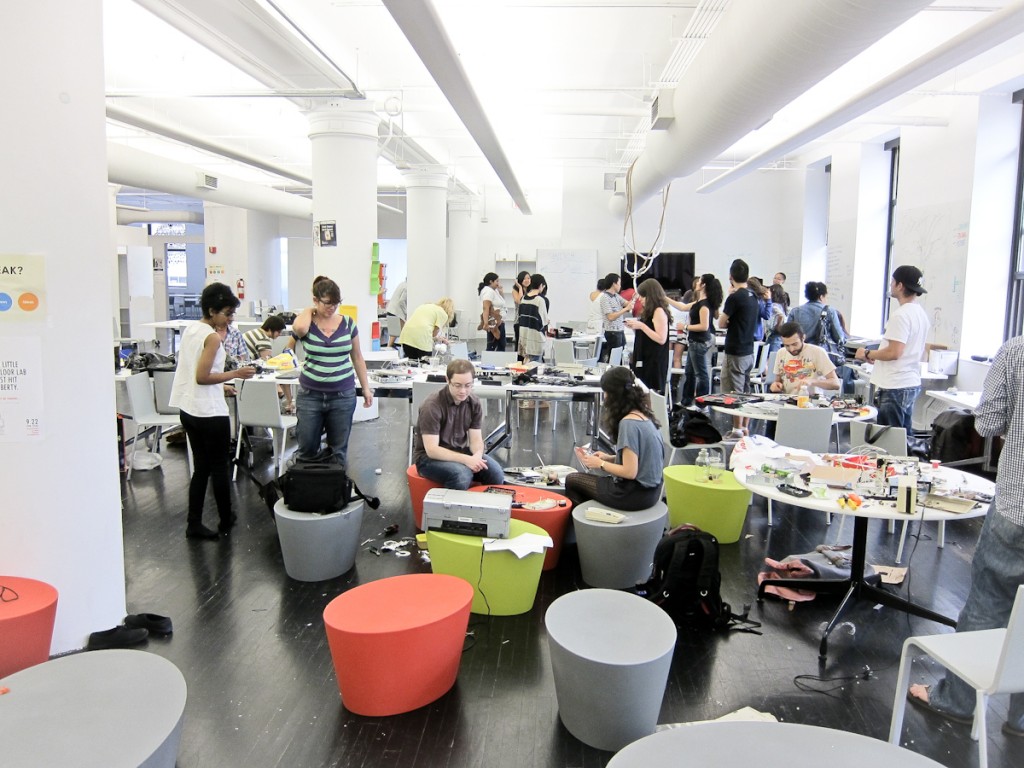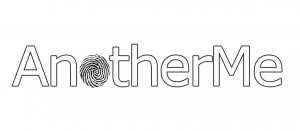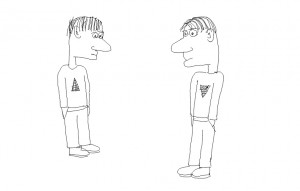Cultural Probes
The concept of the probe made sense to me. It broke down many formal and somewhat impersonal routines which have, for some time, been implemented to capture data or experiences from users. Interviews, polls and surveys all require the user to recall experiences, outside of the environment they experience them. In these scenarios user likely feel uninterested, pressured, or possibly confused. The probe created an interface that allowed the user to record information about their environment in a playful and personal way, free of pressure.
Experience Prototyping
I just wanna recap the excellent examples the people at IDEO (one of my favorite design firms) gave in this article.
– Defibrillator, triggered with pager
– ROV, navigate player A to player B
– Train journey, user experience through role playing
– Six degree of freedom controller
– Airplane interior, reconfigureable props
– TV remote, electronics prototype
– Children’s camera, trail period with users
– Digital camera, bulky prototype
These examples reveal the diversity in prototyping methods and how the different approaches can solve or identify different problems. Where the defibrillator prototype focused on the users emotions and personal concerns, the children’s camera conversely focused on how the device would be used once submersed in its intended environment. In all these scenarios, prototyping was the key to solve problems that are difficult to quantify or identify without subjective speculation.
I realize now that having a grasp on effective prototyping techniques will make me a stronger designer.
Cardboard Computers
This one was a bit off, dated maybe. For me, computer interface mock-ups are the easiest to make, and cheapest; constructing computers out of cardboard seems a bit tedious. I guess 1991 was a long time ago… Of course, they were dealing with some technologies (laser printer) that didn’t yet exist and I have nothing but respect for that. To often, we design for now cause people need solutions now. I love designing for the future, with idealistic expectations of technology, somewhat like they were doing in this study. In the end, the mock-up/role playing scenario seemed to
The mandate (of PD) was bang on. I could see how it was crafted to direct decisions made about technology in the workplace to be scrutinized. When technology became accessible to institutions/workplaces in the form on networks, little consideration was given to the people who work with the technology. We are now, finally, starting to pay attention to this and designing better networks.






